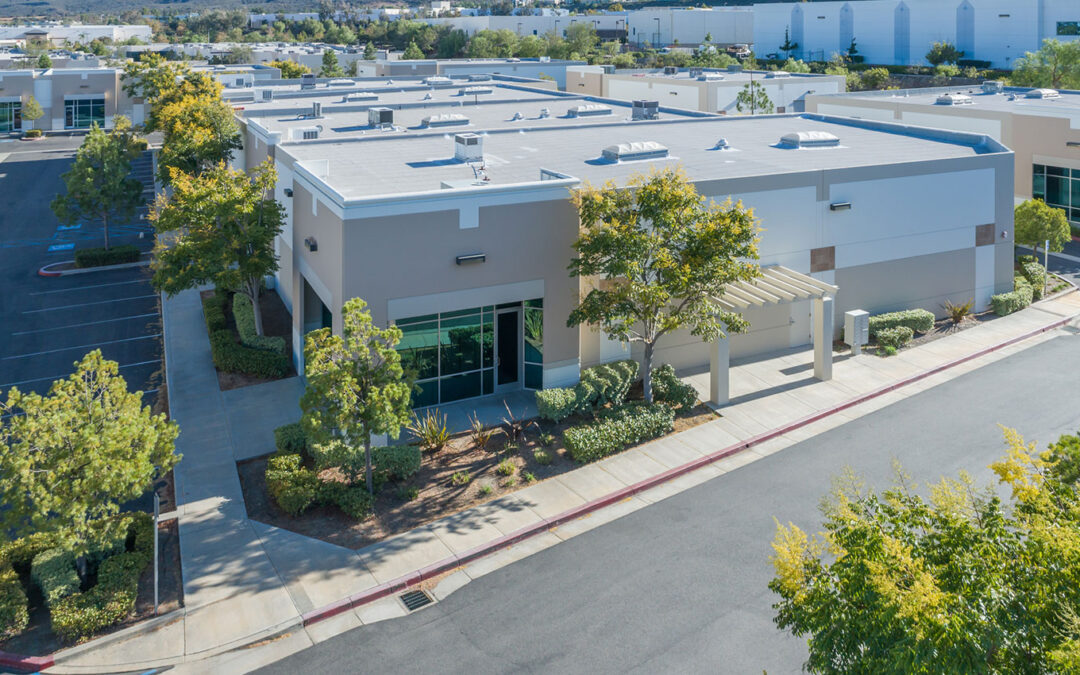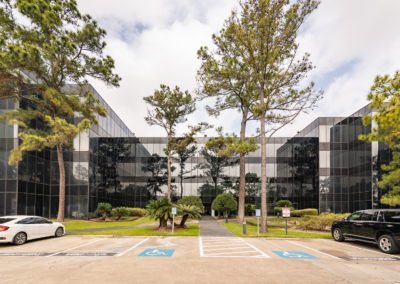As Houston’s commercial real estate market heats up, CRE investment activity is on the rise. 10 years after the 2008 financial crisis, banks remain relatively conservative with their lending practices. Where previously they might loan 75% of a property to an investor, these days they’re lending closer to about 65%. That’s leading to alternative financing methods for CRE investment deals, such as debt funds, which typically leverage up to 75% of a property with one loan.
The Wall Street Journal reported that last year, lending by nontraditional lenders increased 40% to nearly $60 billion, and that private-equity firms that manage real estate debt funds raised over $32 billion in 2017 – a 70% increase over 2016. With $3 trillion in outstanding real estate debt and $1.2 trillion of commercial real estate debt maturing in the next three years your next loan is less likely to come from a bank. And, in fact, the lack of debt capital availability means debt investing will likely have more opportunities to deploy capital.
At the end of 2017, commercial real estate debt stood at approximately $4 trillion. 70% of that is in traditional lending, and up to $400 billion dollars are in debt funds. With banks and other traditional lenders curtailing their lending and maturing commercial real estate debt totaling $300 to $400 per year, debt investors have another approximately $1 trillion worth of opportunity.
Yes, But What About the Returns?
Government bonds provide stable, predictable–if low–yields. A potential advantage of debt funds is they’re also fixed and their yield can be significantly higher.
Unlike equity investors, whose income is based largely on rent-dependent cashflow, a debt investor earns predictable, monthly income based on principal and interest. Regardless of occupancy and rent rates, you get paid.
Of course, not all debt funds are created equal and some will carry more risk than others. But, choose wisely and you can see high-yield returns each month.



























